Elderberry Problems
zephyray
13 years ago
Related Stories

GARDENING GUIDESGreat Design Plant: Sambucus Nigra
Common elderberry is a highly adaptable shrub from the eastern U.S., with berries galore for wildlife and humans alike
Full Story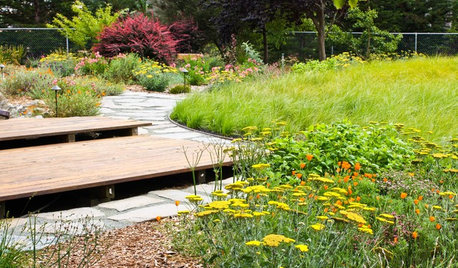
GARDENING GUIDES8 New Ways to Garden This Year
A successful garden means knowing the plants, the wildlife and yourself
Full Story
GARDENING GUIDES8 Native Shrubs for Year-Round Bird Feeding
It’s not just about berries. These plants provide insects for birds and seasonal interest for gardeners
Full Story
GARDENING GUIDESGarden-Friendly Native Alternatives to Overplanted Exotics
There are lots of gorgeous, wildlife-friendly native plants ready to make an appearance in your garden
Full Story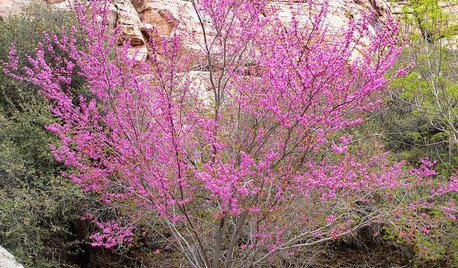
GARDENING GUIDES10 Top Native Plants for Northern California Gardens
Enjoy a fuss-free, water-wise garden by growing plants naturally in tune with the climate and wildlife of Northern California
Full Story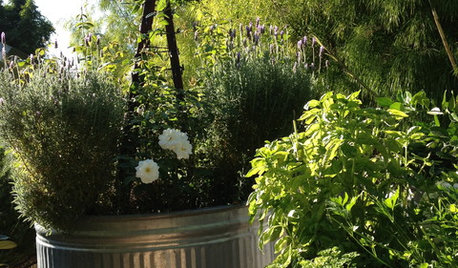
EDIBLE GARDENSGrow Herbs for Fresh Flavor and Good Looks in the Garden
With sun and a patch of ground, you can have all the fresh flavor you need for cooking right outside your door. Here's how to get started
Full Story
GARDENING FOR BIRDSFeed the Birds: 6 Plants for Abundant Winter Berries
Be kind to your fair feathered friends during lean food times by planting a shrub or tree loaded with nutritious snacks
Full Story
INSPIRING GARDENSFrom Concrete Lot to Gracious Organic Garden in Seattle
Plants, pests and even weeds have a place in this landscape, which offers an edible bounty and a feast for the eyes
Full Story
LAWN ALTERNATIVESStop Fighting the Patchy Lawn!
Here are 3 situations where a garden may be a better idea than more turfgrass
Full Story
FARM YOUR YARD9 Ways to Change Up Your Vegetable Garden for the Coming Season
Try something new for edible plantings that are more productive than ever
Full Story





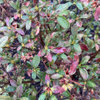

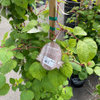
ken_adrian Adrian MI cold Z5
gardengal48 (PNW Z8/9)
Related Professionals
Golden Landscape Contractors · Gresham Landscape Contractors · Little Ferry Landscape Contractors · Castro Valley Window Contractors · Chicago Window Contractors · Homestead Window Contractors · Poinciana Window Contractors · Sterling Window Contractors · Tamalpais-Homestead Valley Window Contractors · Discovery Bay Window Contractors · Brookfield Decks, Patios & Outdoor Enclosures · Mobile Decks, Patios & Outdoor Enclosures · Puyallup Decks, Patios & Outdoor Enclosures · Surfside Decks, Patios & Outdoor Enclosures · West Chicago Decks, Patios & Outdoor EnclosureszephyrayOriginal Author
ken_adrian Adrian MI cold Z5
zephyrayOriginal Author
zephyrayOriginal Author
flora_uk
gardengal48 (PNW Z8/9)
sam_md
zephyrayOriginal Author
flora_uk
zephyrayOriginal Author